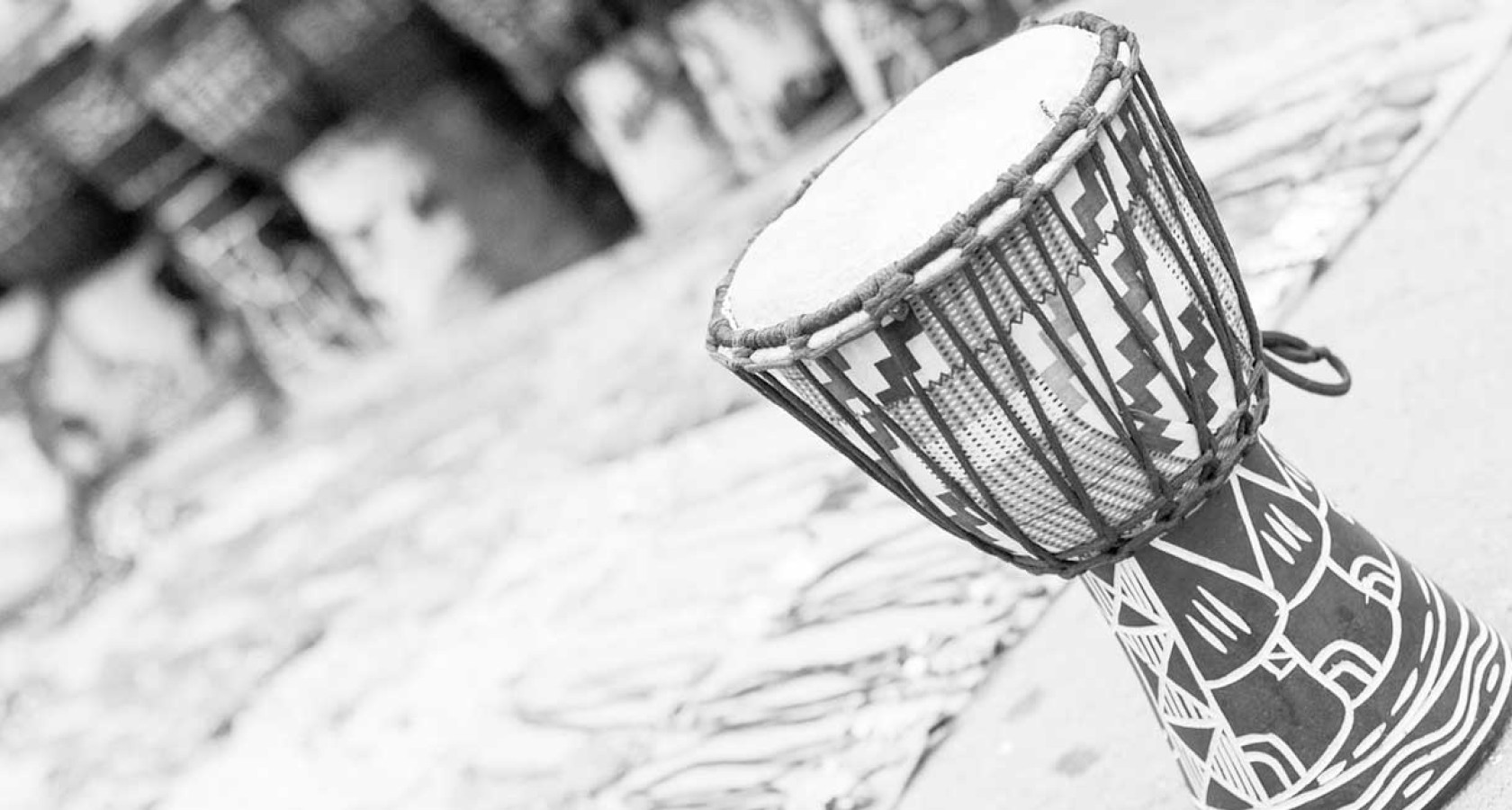My 750th column: men, untie yourselves!

This is my 750th column on this page. Let’s commemorate by loosening up a little.
I became self-employed in 2003, and I don’t think I’ve put on a tie ever since. Even when visiting boardrooms or delivering keynote addresses. Only once has someone objected. An antediluvian director in a leading board asked if I was not disrespecting that board by showing up to present to them without a tie. I asked if they preferred my insights or my tie; we carried on.
Britain’s parliament has just caught up. The speaker of that hallowed institution ruled recently that male MPs do not need to wear ties in the House of Commons chamber. Hallelujah.
This is a global trend now. The tie is an item of clothing that was once de rigueur in formal male dress. But it has been in a long, slow decline. Necktie sales are thought to have peaked in the US in the mid-nineties. In Britain, surveys indicate that fewer than a third of male office staff now regularly wear a tie.
This is interesting, because the tie was used to signify social status – a symbol of authority and achievement. When I stopped wearing ties all those years ago I was taking a professional risk. In those days you had to be determinedly off-kilter to attempt rocking up tieless.
Why did I do it? Simply because I could not see the point of having a tight piece of cloth knotted around my neck in a hot country. I found it deeply uncomfortable, so off it went. The advice I provide has always in any case been unconventional and non-conformist, so the look now matched the content. The noose came off.
In fact the tables have turned completely. Barack Obama and Vladimir Putin were very smartly casual even in global summits. The Silicon Valley CEOs who straddle the globe these days wear what they like. The person at the top is most often the tieless one, as though to signify free thinking and freedom from antiquated norms. In Kenya, too, you will have noted a breed of CEOs that now goes mostly tieless, perhaps to signal its innovation credentials. Donald Trump is probably hastening the decline, by showing us how bad a tie can look when done badly: large, red and hanging way too low. The contrast with his uber-cool predecessor is stark.
The open-necked, comfortable look is increasingly the norm – much to the chagrin of traditionalists. They should unbutton a little. There is nothing to be gained from forcing adherence to creaky rules. In an era of disruption and reinvention, where fresh thinking and bold strategies are needed, stilted rigidity is the last thing you need. When I run strategy sessions for clients, I notice a marked difference in the thinking when everyone is buttoned-up in a boardroom, rather than comfortably dressed in an outdoor setting.
Let’s pause here. I have nothing against men wearing ties. They are elegant and refined, and can set a look off beautifully. If you like them, wear them. Just don’t make them a requirement. They are not for everyone. Leave it to individuals to make up their own minds. It is the imposition of arcane rules that creates timidity and fossilization. The tie is not the problem; the thinking behind making it a stipulation is the problem.
As I have written before: to each his own. That is the point about attire: let us all be free to make our own fashion statements. Let us all be free to dress to please, or to dress for ease. Personal choice is the key – not draconian dress codes imposed by the ghosts of long-dead rulers. Certainly, a uniform, disciplined look is important in certain settings. But not in business settings where innovation is the imperative, surely.
Does relaxing rigid dress codes lead to anarchy? Does removing ties cause people to move to tees and torn jeans? I don’t think so. Sensible people adjust themselves appropriately. We should spend more time on value systems, not on rigid dress codes. That way, individuals can work out for themselves what sensibilities they need to be conscious of. In any case, there is plenty of non-western attire to choose from, formal and informal. We don’t have to look like programmed clones all marching to the same drumbeat.
Personally, I’m damned if I let the traditions of centuries ago constrain my attire and behaviour today. What was right in old Europe need have nothing to do with 21st-century Africa. But equally, if it works for you, flaunt it.
The bottom line? Be free to choose.
(Sunday Nation, 30 July 2017)

Buy Sunny Bindra's book
UP & AHEAD
here »















